One of the distinctive characteristics of the Irish monasteries is the round stone tower, an architectural feature unique to Ireland. The round stone towers are a dramatic architectural innovation of the early middle ages. The towers are surmounted by conical stone caps. The top chamber usually has four to six windows. The doorways were usually raised well off the ground, accessible only by an external staircase or ladder. They are a pronounced batter, that is, the diameter decreases as the structure rises. The round stone towers were built over a period of about 300 years with the earliest being constructed about 950 and the last in 1238.
The round stone towers are at least five stories high, and each story has at least one window to provide light. The interior floors were made from wood and were accessed with a ladder.
With regard to the raised doorways, Rachel Moss of Trinity College, in her entry on round towers in the Oxford Companion to Irish History, writes:
“The doorways of most towers are about 10 feet above ground, and were commonly designed to face the principal church of the settlement. The height of the doorway was necessary to add strength to the base of the tower, as foundations were often shallow.”
The round towers are referred to as cloigtech (belfry) in the Irish texts. There is, however, some debate as to whether or not they were actually equipped with bells. Some writers feel that bells were unknown in the monasteries until the twelfth century. Recent scholarship, however, supports the idea that the primary function of the round towns was as a bell tower.
Punctuality was crucial in the monasteries and those who arrived late at the daily offices were liable to be punished. While later church belfries contained fixed bells, it has been suggested that the stone towers used hand bells. It is generally assumed that the aistreoir, the official in charge of timekeeping, climbed to the top of the tower and then rang a handbell out of each of the four windows. There are also some suggestions that the tower may have actually housed a large bell.
One of the functions of the towers may have been to provide storage of valuables. However, the chimney-like structure of the tower may not have been ideal for this. The Annals of Ulster reports that in 1097 the tower at Monasterboice burned and books and other treasures were destroyed.
The archaeological evidence suggests that the stone towers were built between the ninth and the twelfth centuries. Since this is also the period of the Viking raids, a common misconception is that they were constructed in response to these raids. This is not substantiated by the archaeological evidence. Most were built in the Midlands—an area away from the coast and the Viking raids. Some archaeologists feel that the towers were a status symbol showing that the monastery was rich and powerful.
Construction of this round tower must have been an adventurous undertaking on the part of the Irish masons. Constructing the gentle taper required a great deal of skill. In addition, the stones were discretely shaped to match the curve of the circumference. And then there were the problems associated with its height. The stones had to be lifted into place with a reliable system of cranes, jibs, and pulleys. This meant that there also had to be some sort of external, temporary scaffold.
Glendalough
One of the most important early monasteries was Glendalough in County Wicklow. It began as a hermitage for St. Kevin in the sixth century and grew into large monastery around the cult of the saint. It was a popular pilgrimage site until 1862 when the pilgrimage was finally suppressed.
The stone tower at Glendalough is about 30 meters (100 feet) high with an entrance about 3.5 meters (12 feet) from the ground. The tower had six timber floors, each connected by ladders. Each of the four stories above the entrance has a small window which provides light into the room. This tower is built of mica-slate interspersed with granite.
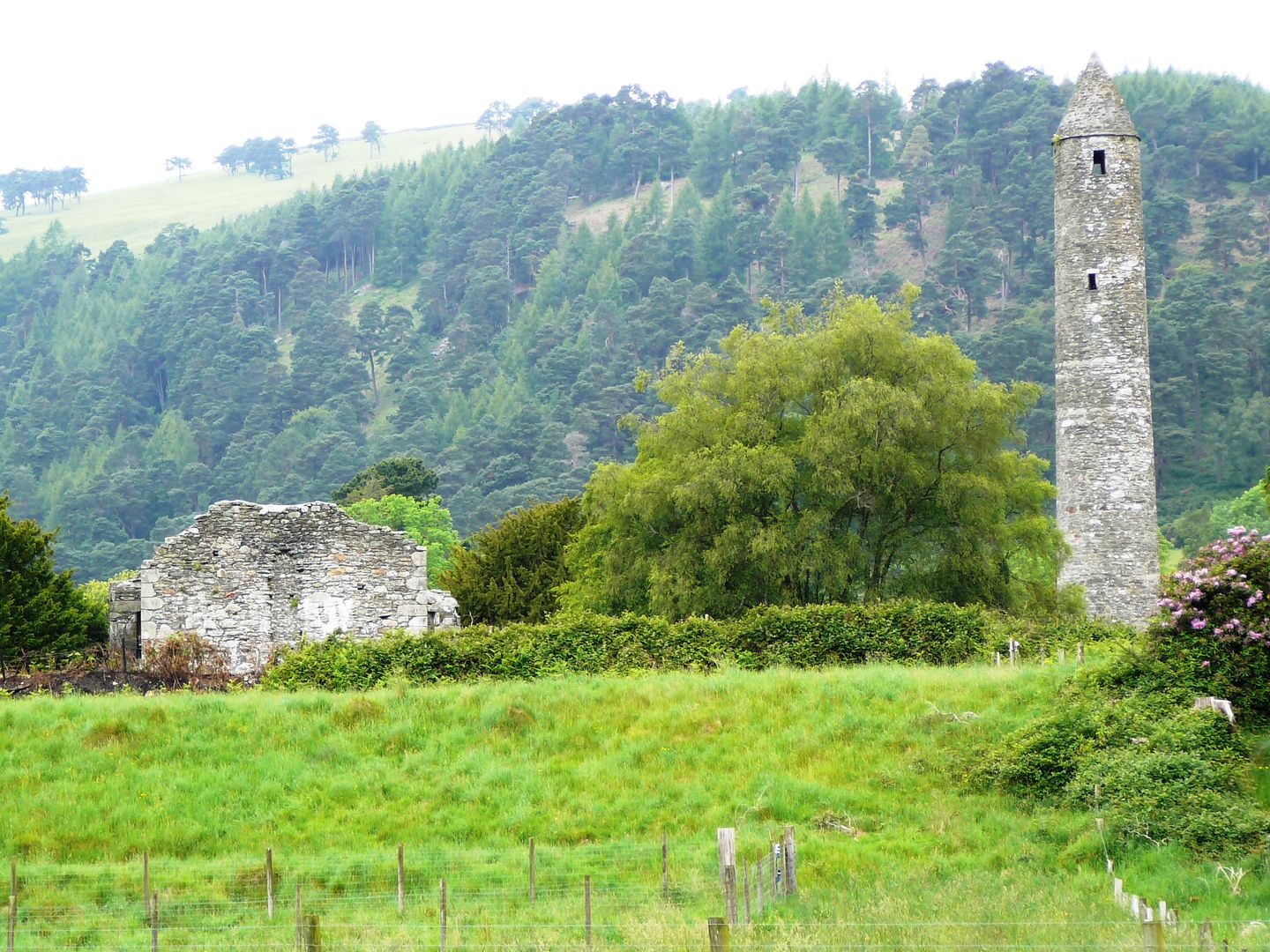
Rock of Cashel
The Rock of Cashel rises high above the Plain of Tipperary and was the ancient seat of the kings of Munster (300 to 1100 CE). This is where St. Patrick baptized King Aengus about 450 CE. It is said that St. Patrick, being somewhat preoccupied with the ceremony, accidentally speared the foot of King Aengus with his crosier staff while administering the baptismal sacrament. The king, however, thought that this was simply a part of the painful process of becoming a Christian and said nothing.
The tower on the Rock of Cashel is 92 feet tall and has walls that are over 3 feet thick. It was built in the 12th century. The interior of the tower once contained wooden floors connected by ladders.
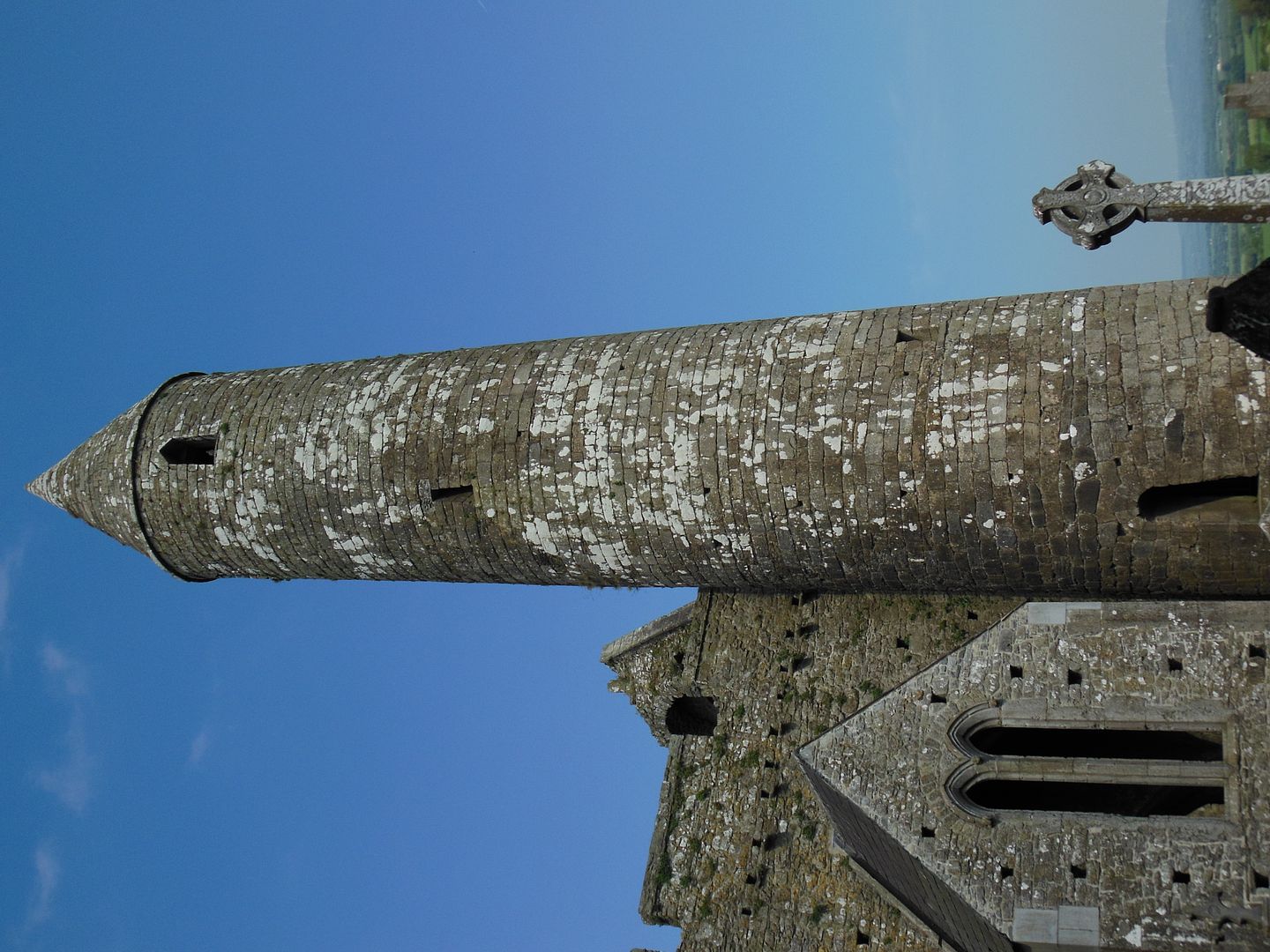
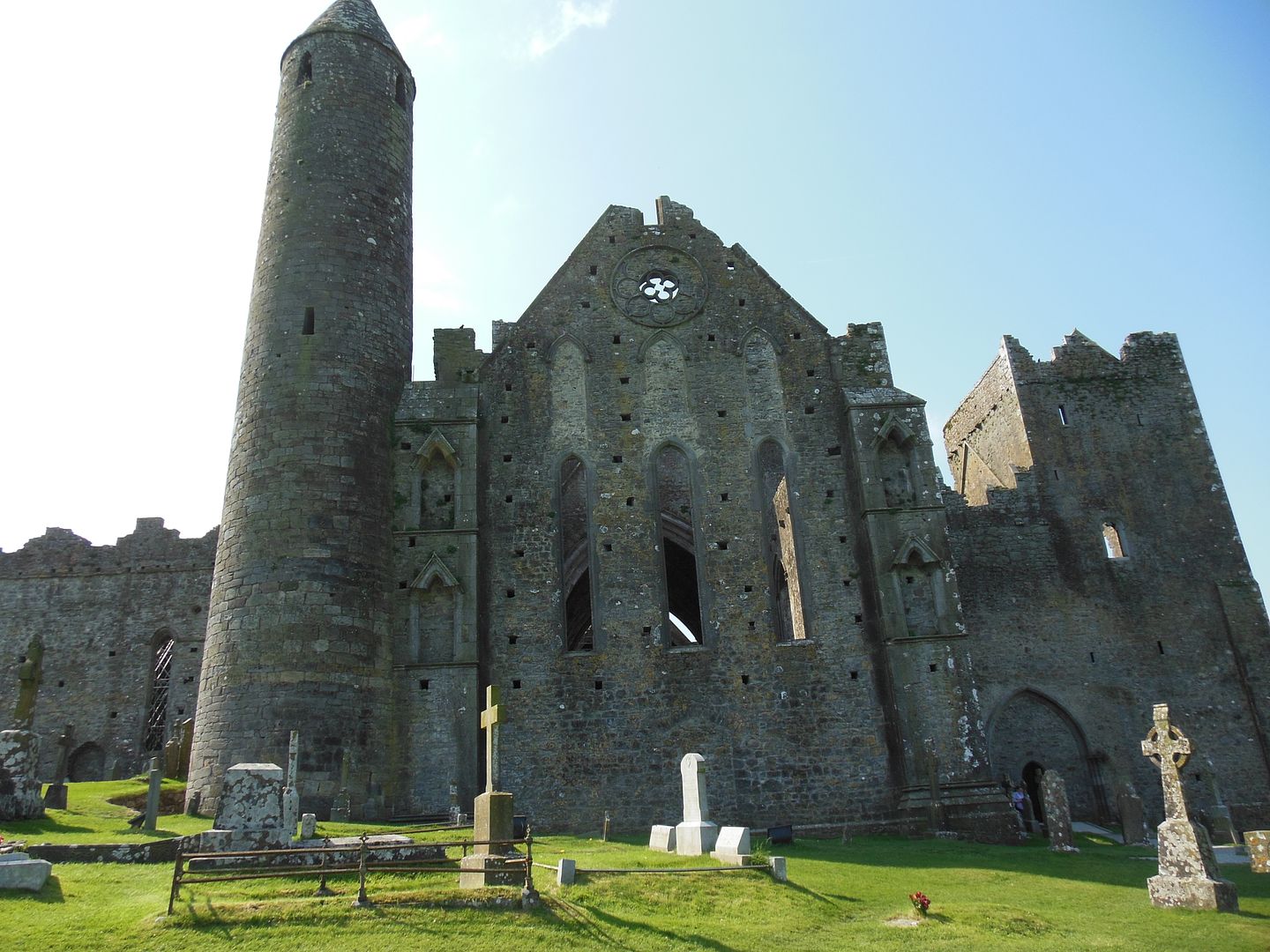
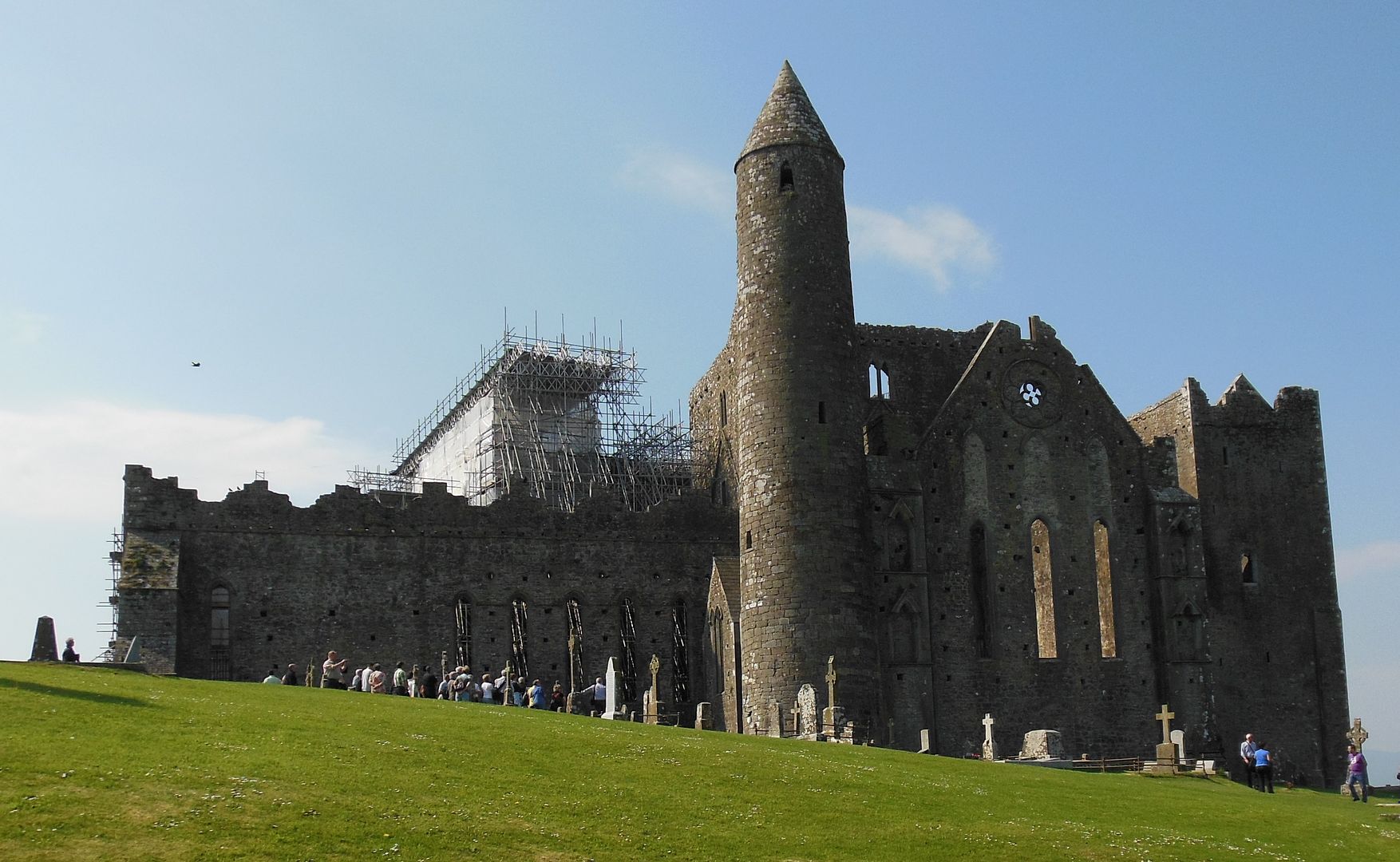
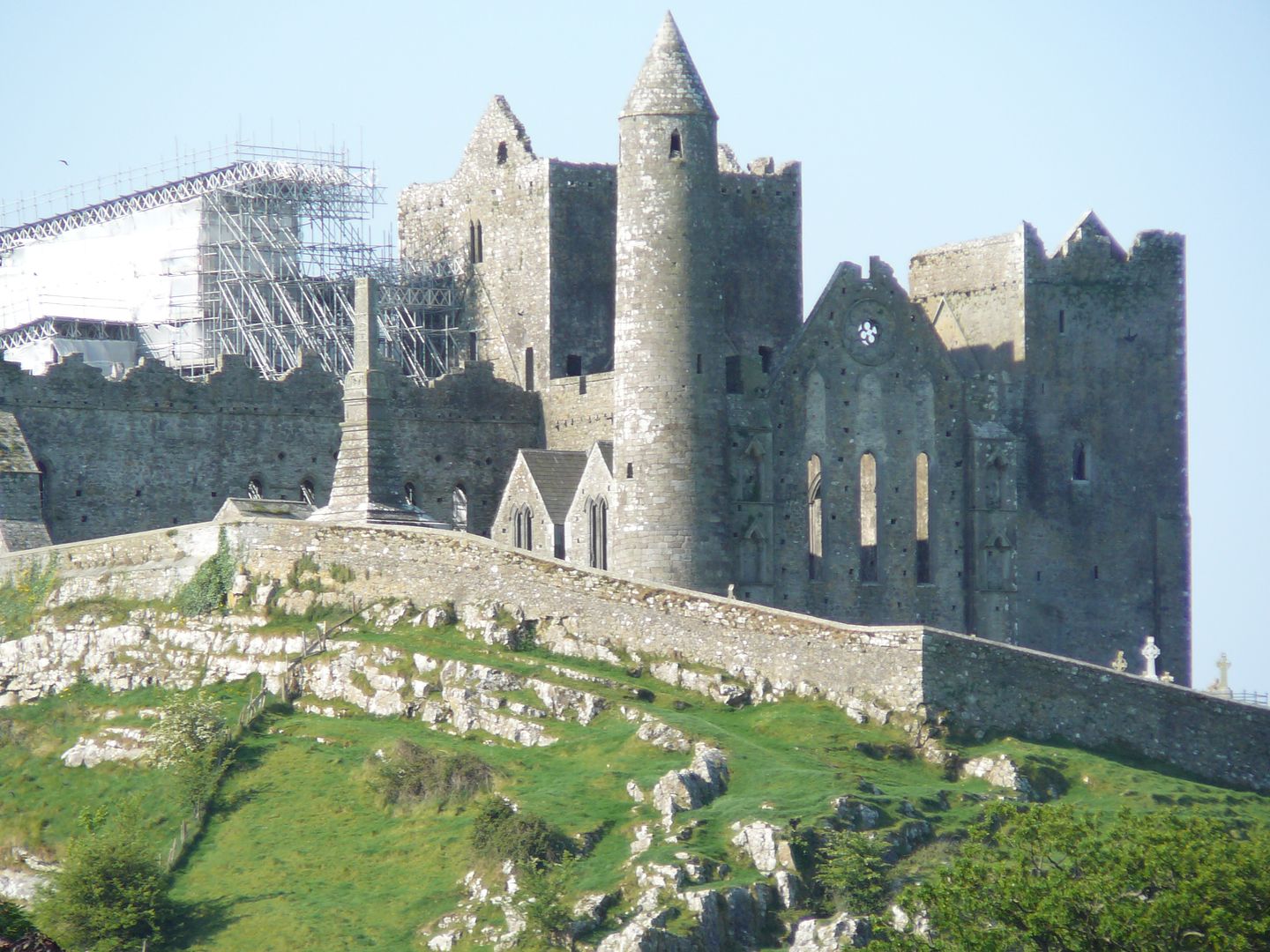

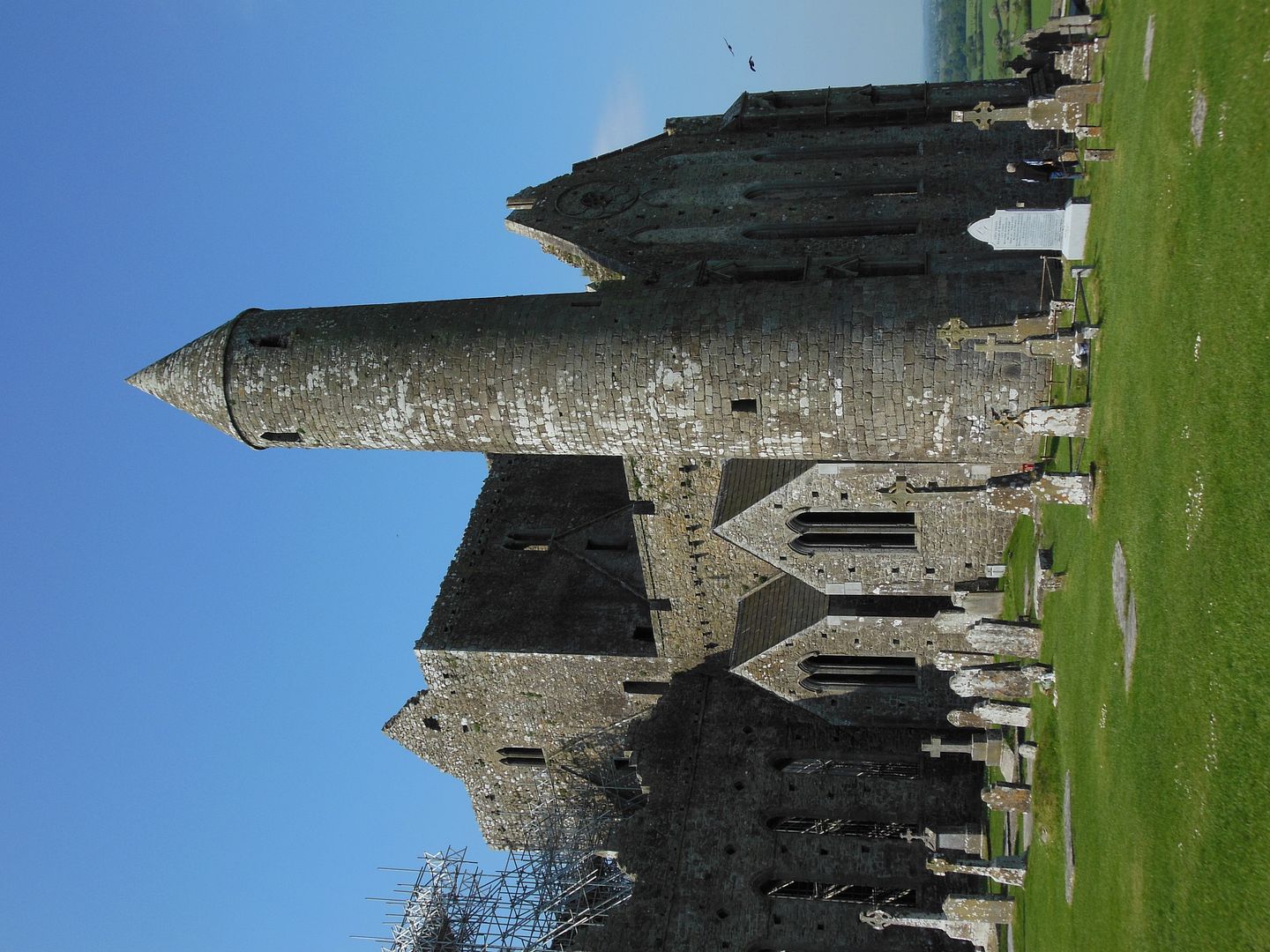
More ancient Ireland
Ancient Ireland: An Early Medieval Site
Ancient Ireland: Viking Dublin